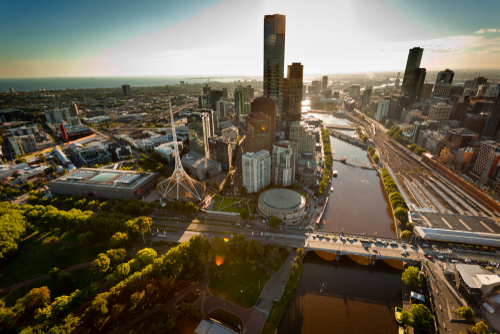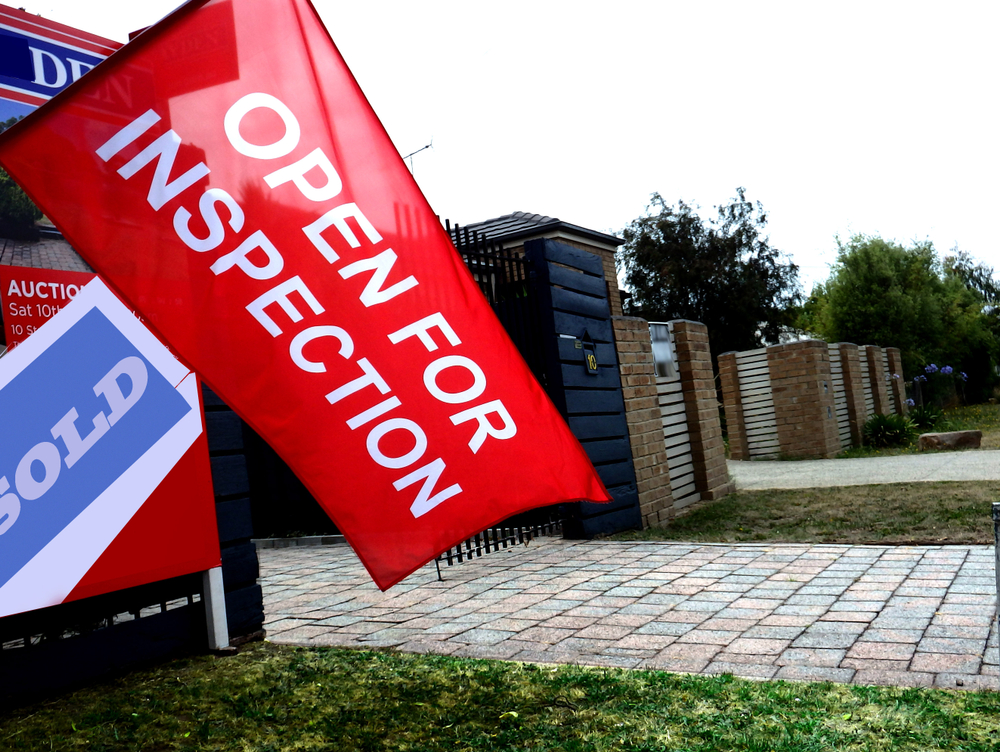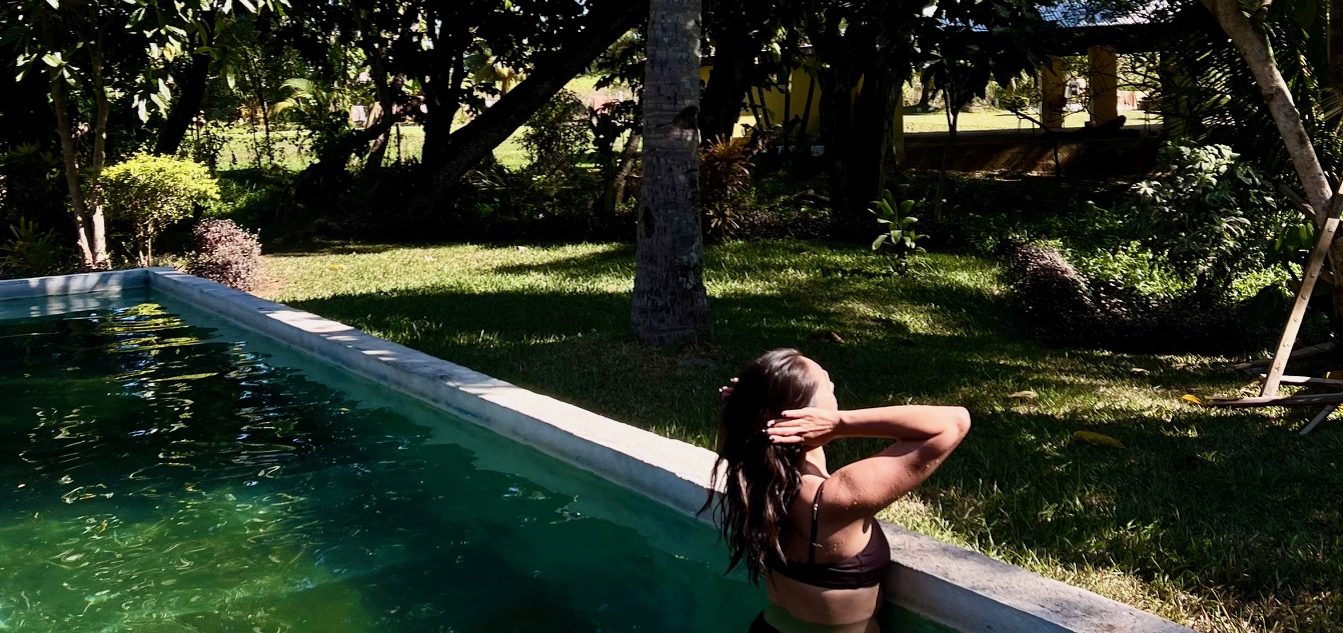The top 20 local government areas where more homeowners are selling at a loss
While the vast majority of sellers enjoyed a profit, in some parts of Australian cities others are licking their wounds
The Australian property market has recorded 17 consecutive months of growth overall, as limited supply and high demand in most markets continue to trump the impact of higher interest rates. The median Australian home value lifted 8 percent over FY24, but not every part of the market is strong.
The profitability of resold properties provides an insight into how home or investment property ownership can go right and wrong, with a key factor being the length of time the asset is held. CoreLogic’s latest Pain and Gain report reveals 94.3 percent of 85,000 resales in the March quarter sold at a profit. That’s the highest rate of profitability since July 2010 and reflects recent strong selling conditions in most markets except Victoria and Tasmania.
The median gain per profitable resale was $265,000. Houses were more likely to resell at a profit, with 97.1 percent of house resales profitable compared to 89 percent of apartment resales. The flipside to the data is 5.7 percent of all resales resulted in a loss. The median amount of that loss was $40,000, however, that’s just in the value of the property. It does not factor in the significant costs of buying the property, such as stamp duty; nor the selling costs, such as the agents’ fee.
CoreLogic’s Head of Research Eliza Owen said short-term resales indicate how households are responding to higher interest rates. According to the report: “The two-year resales trend seems to have peaked in the year to August 2023, roughly two years after the peak in fixed term borrowing back in 2021. This data suggests the sticker shock from higher mortgage rates may have had some influence on decisions to sell more property than otherwise would have transacted after a short hold period.”
The median hold period of all resold homes was 8.8 years in the March quarter. “Time in the market rather than timing the market is critical to maximising returns for most resales,” Ms Owen said. “Generally, the longer a vendor holds a property the higher the returns, with vendors selling after 30 or more years attracting the largest median gain of $780,000.” By comparison, the median gain among profitable resales that occurred within two years of purchase was $82,000.
Within the top 20 local government areas (LGAs) of each capital city where the highest proportion of loss-making sales occurred, a common theme was shorter hold periods for the loss-making sales compared to the profit-making sales in 14 of those 20 areas.
Here are the top 20 capital city LGAs for the most loss-making sales in the March quarter.
Melbourne LGA
Loss-making sales totalled 38.9 percent of all resales in Melbourne. The median hold period among loss-making sales was 9.8 years and the median capital loss was $54,500.
Perth LGA
Loss-making sales totalled 38.4 percent of all resales in Perth. Vendors who sold at a loss held their properties for a median of 11.5 years and the median loss was $54,000.
Darwin LGA
Loss-making sales totalled 33.6 percent of all resales in Darwin. The median hold period among loss-making sales was 10.4 years and the median capital loss was $70,000.
Stonnington LGA, Melbourne
Loss-making sales totalled 29.8 percent of all resales in Stonnington. Home or investment owners who sold at a loss held their properties for a median of nine years. The median loss was $57,000.
Palmerston LGA, Darwin
Loss-making sales totalled 26.5 percent of all resales in Palmerston, which is a satellite city to Darwin. The median hold period among loss-making sales was 10.2 years and the median loss was $82,000.
Parramatta LGA, Sydney
Loss-making sales totalled 25.3 percent of all resales in Parramatta. The median hold period among loss-making sales was 7.8 years and the median capital loss was $49,750.
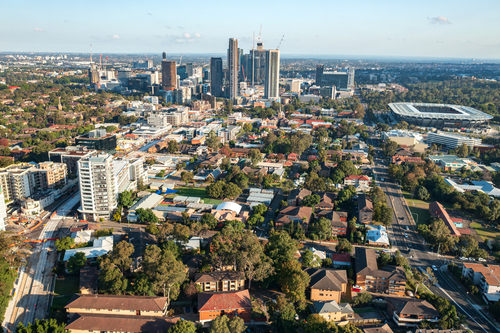
Yarra LGA, Melbourne
Loss-making sales totalled 24.7 percent of all resales in Yarra. Owners who sold at a loss held their properties for a median of 8.2 years. The median loss was $40,000.
Port Phillip LGA, Melbourne
Loss-making sales totalled 23.9 percent of all resales in Port Phillip. Vendors who sold at a loss held their properties for a median of 8.7 years and the median capital loss was $42,000.
Strathfield LGA, Sydney
Loss-making sales totalled 22.8 percent of all resales in Strathfield. The median hold period was 7.4 years and the median loss was $60,000.
Ryde LGA, Sydney
Loss-making sales totalled 22.4 percent of all resales in Ryde. The median hold period among loss-making sales was 7.8 years. The median capital loss was $51,500.
Burwood LGA, Sydney
Loss-making sales totalled 20.9 percent of all resales in Burwood. Home or investment owners who sold at a loss held their properties for a median of just 5.3 years and the median loss was $63,500.
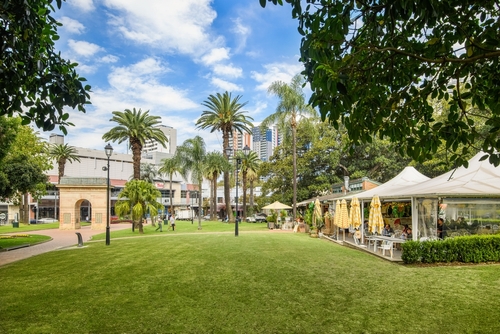
Vincent LGA, Perth
Loss-making sales totalled 20.5 percent of all resales in Vincent. The median hold period among loss-making sales was 10.2 years. The median loss was $40,000.
Maribyrnong LGA, Melbourne
Loss-making sales totalled 20.4 percent of all resales in Maribyrnong. The median hold period was 6.7 years and the median capital loss was $37,250.
Boroondara LGA, Melbourne
Loss-making sales totalled 19.7 percent of all resales in Boroondara. Property owners who sold at a loss held their assets for a median of 9.1 years and the median loss was $40,000.
Moonee Valley LGA, Melbourne
Loss-making sales totalled 17.9 percent of all resales in Moonee Valley. The median hold period was 7.3 years. The median capital loss was $41,000.
Belmont, Perth
Loss-making sales totalled 17.4 percent of all resales in Belmont. The median hold period among loss-making sales was 10.1 years and the median loss was $35,000.
Cumberland LGA, Sydney
Loss-making sales totalled 15.4 percent of all resales in Cumberland. Home or investment owners who sold at a loss held their properties for a median of 7.2 years. The median loss was $35,000.
Subiaco LGA, Perth
Loss-making sales totalled 14.3 percent of all resales in Subiaco. The median hold period among loss-making sales was 10 years and the median loss was $50,000.
Victoria Park LGA, Perth
Loss-making sales totalled 13 percent of all resales in Victoria Park. The median hold period was 10.2 years. The median capital loss was $42,500.
Sydney LGA
Loss-making sales totalled 12.6 percent of all resales in Sydney. The median hold period among loss-making sales was 7.2 years and the median loss was $57,000.
A divide has opened in the tech job market between those with artificial-intelligence skills and everyone else.
A 30-metre masterpiece unveiled in Monaco brings Lamborghini’s supercar drama to the high seas, powered by 7,600 horsepower and unmistakable Italian design.
Buyer demand, seller confidence and the First Home Guarantee Scheme are setting up a frantic spring, with activity likely to run through Christmas.
The spring property market is shaping up as the most active in recent memory, according to property experts Two Red Shoes.
Mortgage brokers Rebecca Jarrett-Dalton and Brett Sutton point to a potent mix of pent-up buyer demand, robust seller confidence and the First Home Guarantee Scheme as catalysts for a sustained run.
“We’re seeing an unprecedented level of activity, with high auction numbers already a clear indicator of the market’s trajectory,” said Sutton. “Last week, Sydney saw its second-highest number of auctions for the year. This kind of volume, even before the new First Home Guarantee Scheme (FHGS) changes take effect, signals a powerful market run.”
Rebecca Jarrett-Dalton added a note of caution. “While inquiries are at an all-time high, the big question is whether we will have enough stock to meet this demand. The market is incredibly hot, and this could lead to a highly competitive environment for buyers, with many homes selling for hundreds of thousands above their reserve.”
“With listings not keeping pace with buyer demand, buyers are needing to compromise faster and bid harder.”
Two Red Shoes identifies several spring trends. The First Home Guarantee Scheme is expected to unlock a wave of first-time buyers by enabling eligible purchasers to enter with deposits as low as 5 per cent. The firm notes this supports entry and reduces rent leakage, but it is a demand-side fix that risks pushing prices higher around the relevant caps.
Buyer behaviour is shifting toward flexibility. With competition intense, purchasers are prioritising what they can afford over ideal suburb or land size. Two Red Shoes expects the common first-home target price to rise to between $1 and $1.2 million over the next six months.
Affordable corridors are drawing attention. The team highlights Hawkesbury, Claremont Meadows and growth areas such as Austral, with Glenbrook in the Lower Blue Mountains posting standout results. Preliminary Sydney auction clearance rates are holding above 70 per cent despite increased listings, underscoring the depth of demand.
The heat is not without friction. Reports of gazumping have risen, including instances where contract statements were withheld while agents continued to receive offers, reflecting the pressure on buyers in fast-moving campaigns.
Rates are steady, yet some banks are quietly trimming variable and fixed products. Many borrowers are maintaining higher repayments to accelerate principal reduction. “We’re also seeing a strong trend in rent-vesting, where owner-occupiers are investing in a property with the eventual goal of moving into it,” said Jarrett-Dalton.
“This is a smart strategy for safeguarding one’s future in this competitive market, where all signs point to an exceptionally busy and action-packed season.”
Two Red Shoes expects momentum to carry through the holiday period and into the new year, with competition remaining elevated while stock lags demand.
By improving sluggish performance or replacing a broken screen, you can make your old iPhone feel new agai
From mud baths to herbal massages, Fiji’s heat rituals turned one winter escape into a soul-deep reset.









